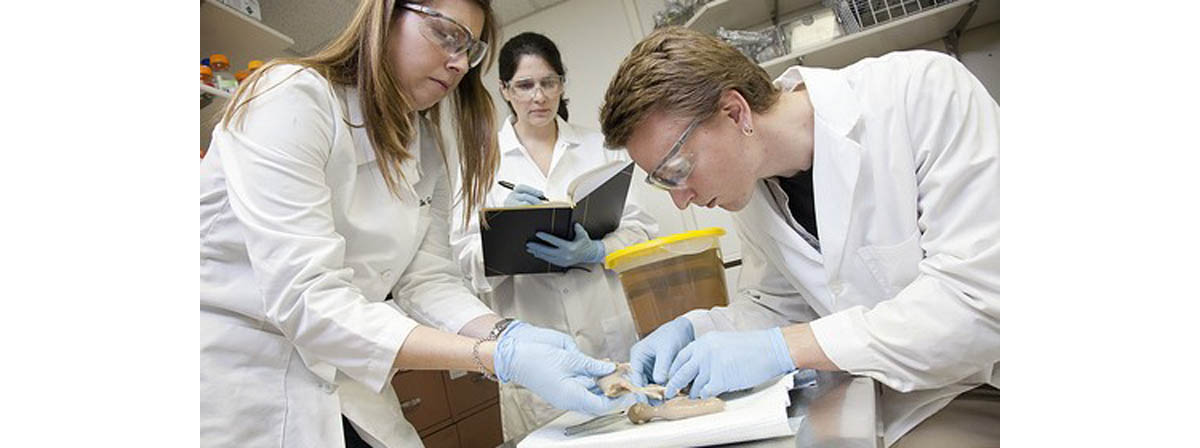Table of Contents
The key to treating diabetic wounds is to get them to close up. If the skin is healthy enough that it can heal into a continuous covering of the tissues beneath the skin, then the immune system can usually do the job of killing any bacteria that accumulate in the wound. Closed wounds typically do not develop infection that goes into the muscles, tendons, and bone, although chronically open wounds often do.

Amniotic Fluid Provides Stem Cells For Wound Closure
Dr. Bruce Werber of InMotion Foot & Ankle Specialists developed a technique using amniotic fluid that gets wounds on diabetic feet to close so the immune system — plus antibiotics, in most cases — can do the job of beating back bacterial infection. Werber injects sterilized amniotic fluid into the wound, and reports that in most cases wounds that might never heal at all begin to close in just days.
This is separate from the placenta, the blood-rich organ lining the uterus that provides nourishment to the fetus during pregnancy. These stem cells can also form a tough, transparent sac over a diabetic wound, something like a living bandage that grows across the wound so that the healing process can begin and continue unhampered.
Baby Not Harmed By Collection of Amniotic Fluid
The collection of stem cells used in diabetic wound treatment in no way harms baby or mother. These are cells that normally would be discarded. They are separate from the placental blood that is sometimes stored in liquid nitrogen as a source of stem cells for the baby's possible future use.
Amniotic fluid is collected under sterile conditions during delivery of the baby, and then frozen for use in wound treatment. This procedure does not use stem cells from an embryo or fetus or any part of the baby itself.
A Treatment, Not a Cure for Diabetic Ulcers of the Feet
While injection of amniotic fluid into a wound can close it so that the foot and leg can be saved, the procedure is not a cure for diabetic neuropathy. The underlying disease process continues. Only very careful management of blood sugar levels makes a major difference in the disease that leads to diabetic foot wounds so that the treatment is not needed again.
A Cure, Not Just a Treatment for Diabetic Neuropathy of the Feet
Dr. Richard Jacoby of the Scottsdale (Arizona) Neuropathy Institute, however, has been using the Dellon Procedure, a technique that uses amniotic fluid to reverse diabetic neuropathy, for the last 12 years. Jacoby has found that nerves damaged by neuropathy can regenerate if
- compression caused by diabetic changes in the foot is relieved by surgery and
- amniotic fluid is injected into the "tunnels" that protect the nerves in the foot during the surgery.
Currently Dr. Jacoby's technique is available only at his institute and at John's Hopkins in Baltimore, Maryland.
- Mohammadi AA, Johari HG, Eskandari S. Effect of amniotic membrane on graft take in extremity burns. Burns. 2013 Sep. 39(6):1137-41. doi: 10.1016/j.burns.2013.01.017. Epub 2013 Mar 21.
- Pan HC, Chin CS, Yang DY, Ho SP, Chen CJ, Hwang SM, Chang MH, Cheng FC. Human amniotic fluid mesenchymal stem cells in combination with hyperbaric oxygen augment peripheral nerve regeneration. Neurochem Res. 2009 Jul. 34(7):1304-16. doi: 10.1007/s11064-008-9910-7. Epub 2009 Jan 17.
- Photo courtesy of Ryan Somma by Flickr : www.flickr.com/photos/ideonexus/3224918409/
- Photo courtesy of USFWSmidwest by Flickr : www.flickr.com/photos/usfwsmidwest/6165875821/


Your thoughts on this